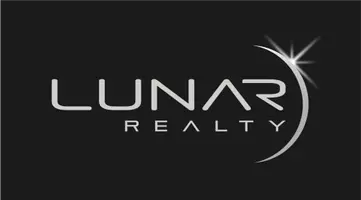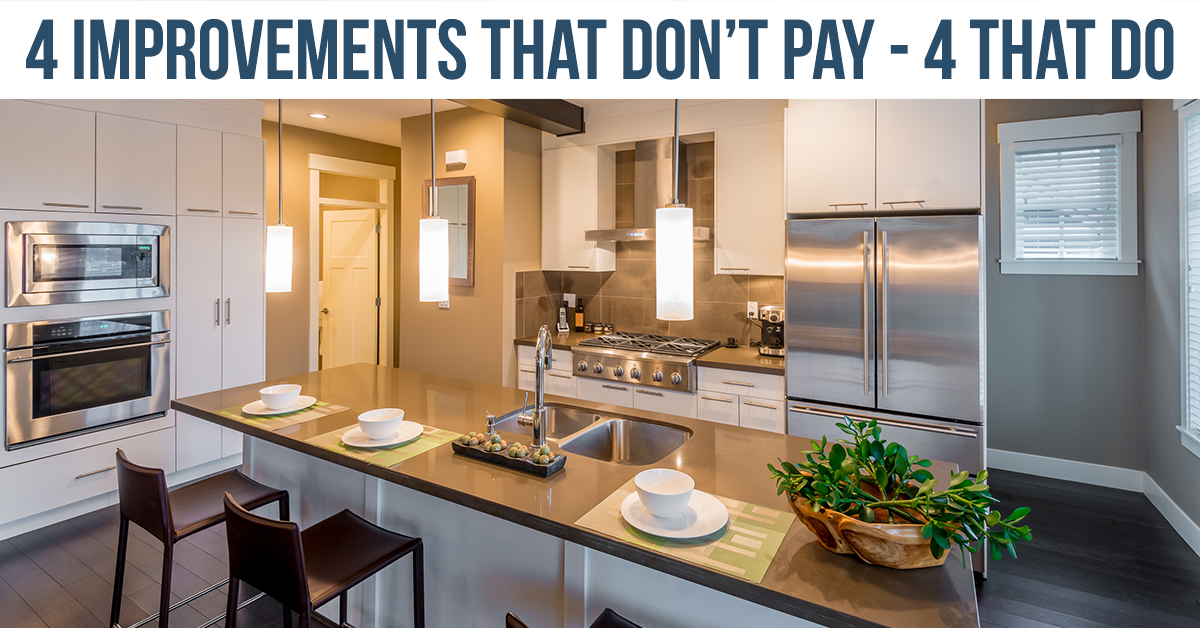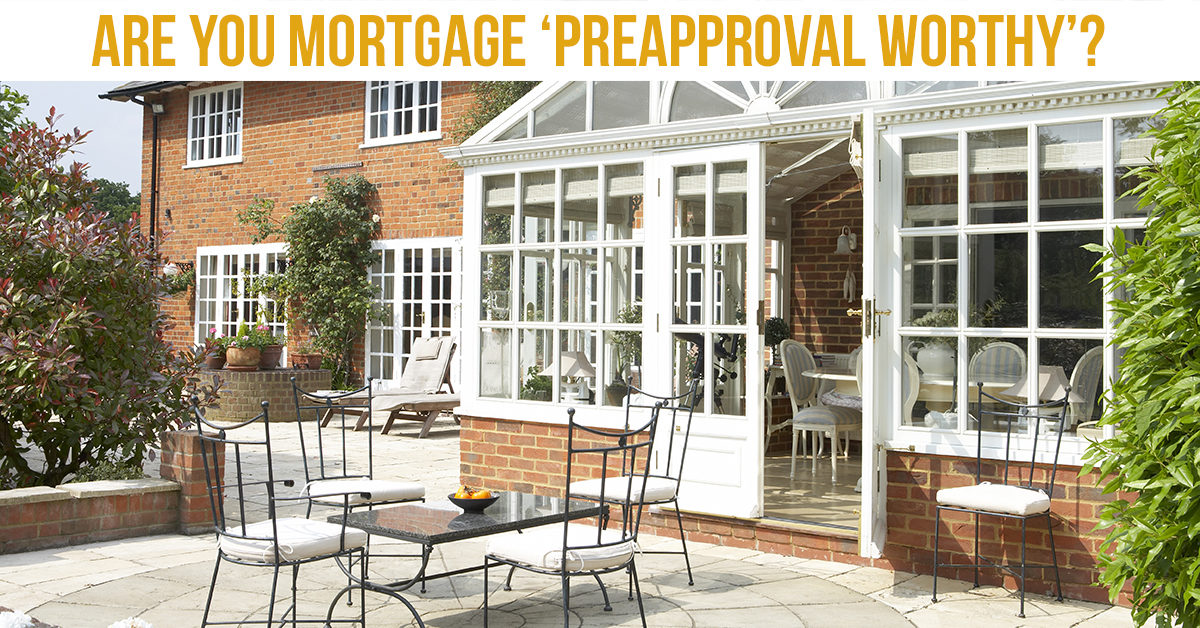19 Things You Can Plant in June
With Memorial Day behind us, it’s basically official: It’s summertime! While the start of summer isn’t technically until June 21, long, hot, sunny days are near (if not in your zone already). That means it’s prime time for heat-loving plants of all kinds.
If you’re behind in the season and
4 Home Improvements That Don’t Pay
4 Home Improvements That Don’t Pay (and 4 Better Options)
It’s nice to live in a home that’s designed just the way you like, even if you have to spend money on remodeling. But when it comes to increasing a home’s value, some pricey home improvements won’t come close to matching the amount of money
How to Know You’re Mortgage Preapproval Worthy
How to Know You’re Mortgage Preapproval Worthy
It’s the biggest hack to homeownership, and probably the most misunderstood: a home loan preapproval. How do you know when you’re financially set to get preapproved? Here’s what lenders look for and what you need to do if you’re not quite there.
Wha
Danelle McMaster
Phone:+1(605) 228-5494



